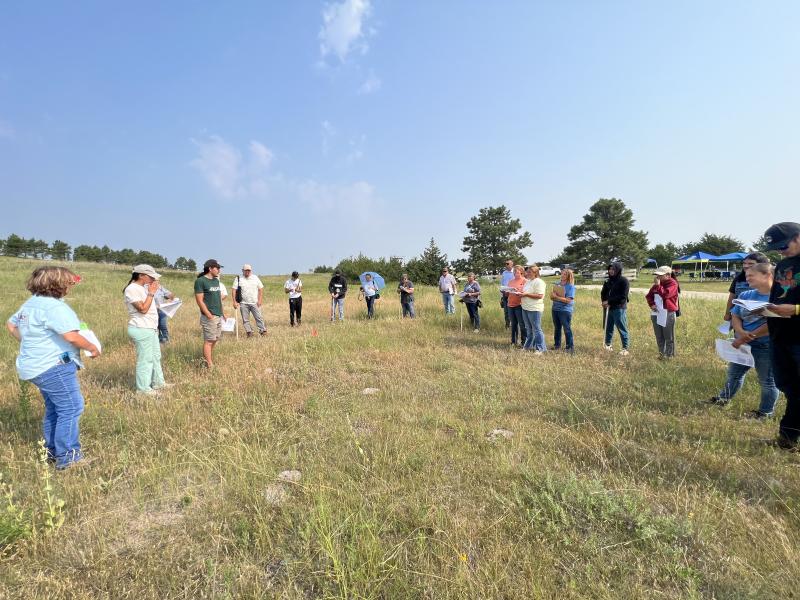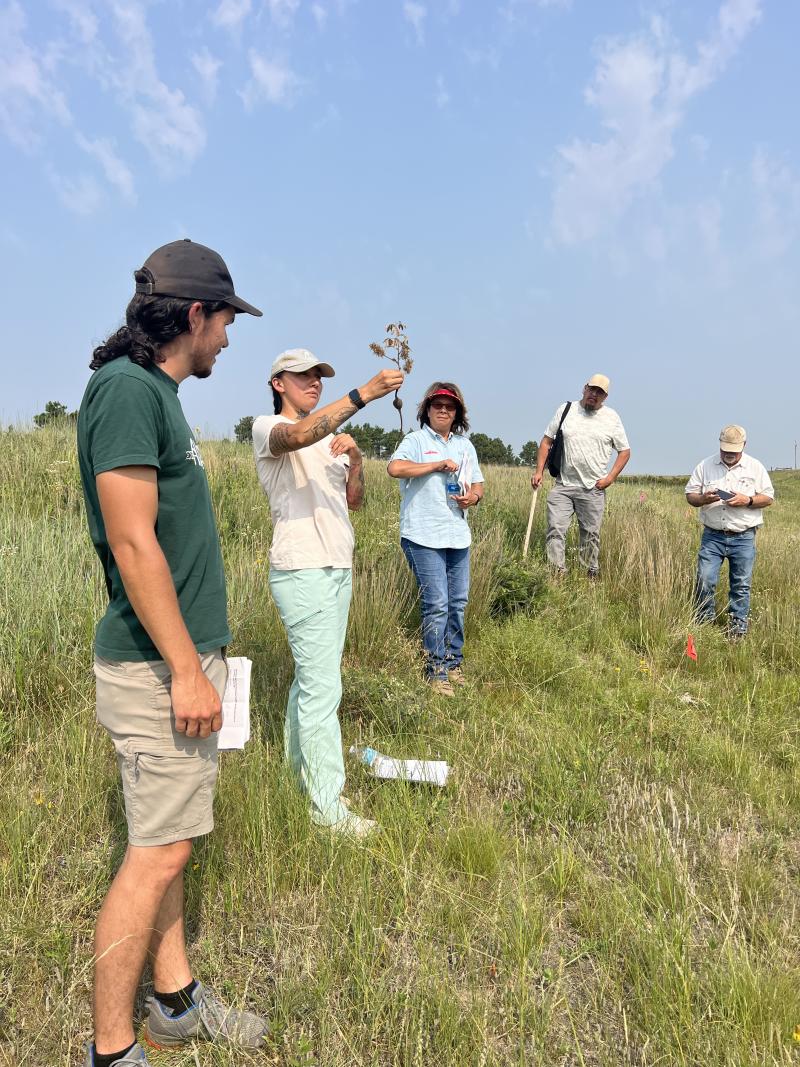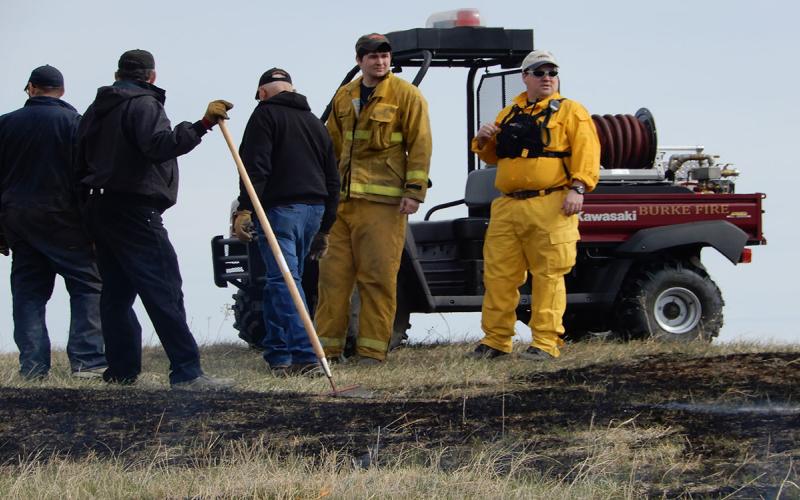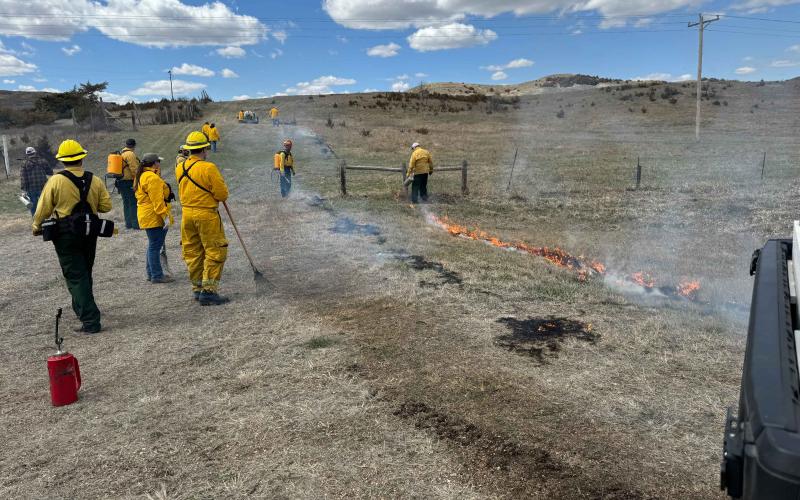
BROOKINGS, S.D. – Nearly 75 youth and adults attended the seventh annual Rosebud Range Workshop on July 24, 2024, at the Rosebud Sioux Tribal Ranch.
Approximately 32 adults attended, including community members, area producers and staff with the Bureau of Indian Affairs. There were also approximately 42 youth from area Boys and Girls Clubs and 4-H members from Todd and Tripp counties.
The workshop was coordinated by South Dakota State University Extension, the Natural Resources Conservation Service, South Central Resource Conservation & Development, South Dakota Grasslands Coalition, the Rosebud Sioux Tribal Ranch, and the help of many volunteers and sponsors.
It serves as a unique educational opportunity for all ages to learn about rangelands at the Rosebud Sioux Tribal Ranch. This year’s activities included calculating stocking rates, plant identification and uses, a rainfall simulator demonstration, and a complimentary lunch.

Youth and adults participated in different educational activities during the event. Adults received kits with educational materials from the South Dakota Grassland Coalition and the South Dakota Soil Health Coalition, a grazing stick and a “clip-and-weigh” kit to calculate forage production.
They began with a lesson on grazing math by Kaylee Wheeler, SDSU Extension Range Field Specialist. Wheeler provided a hands-on demonstration of the grazing stick and the clip-and-weigh methods to calculate available forage and stocking rates for livestock on pastures.
“Without guidance, grazing math can get confusing and overwhelming in a hurry,” Wheeler said. “Slowing it down and using the right tools can make it so much easier to figure out what your stocking rates should be.”
Mary Scott and Mike Schmidt with NRCS discussed pasture plant identification, with help from Wheeler and Ron Frederick, SDSU Extension 4-H Educator for Rosebud. Adults learned how to identify over a dozen grasses and forbs. They were joined by local experts on Lakota language and edible/medicinal prairie plants Foster Cournoyer and Carmelita Shouldis. Cournoyer and Shouldis shared their knowledge of Lakota culture on rangelands and the importance of each plant for food, medicine and cultural purposes.
NRCS State Soils Scientist Nathan Jones used a mobile rainfall simulator trailer to show attendees the importance of soil health and water infiltration for range management. Participants witnessed the striking amount of soil erosion that occurred from continuous grazed rangeland and conventional tillage samples.
Youth participants also received kits including educational materials, coloring pages and snacks. The youth portion of the workshop began after lunch with a pasture walk to identify various range plants, emphasizing the differences between grasses, forbs and shrubs.
Youth also learned about edible and medicinal plants on the rangeland. Cournoyer, Shouldis and Wheeler provided snacks derived from native plants, including blue corn muffins, wildflower honey, wild chokecherry jelly and wild plum jelly.
“This was a very educational opportunity for all to learn more about our native rangelands. The land has much to teach us and serves as an excellent outdoor classroom and hands-on learning center,” said Frederick.
For more information, contact Kaylee Wheeler, SDSU Extension Range Specialist, or Ron Frederick, SDSU Extension 4-H Educator – Rosebud.


